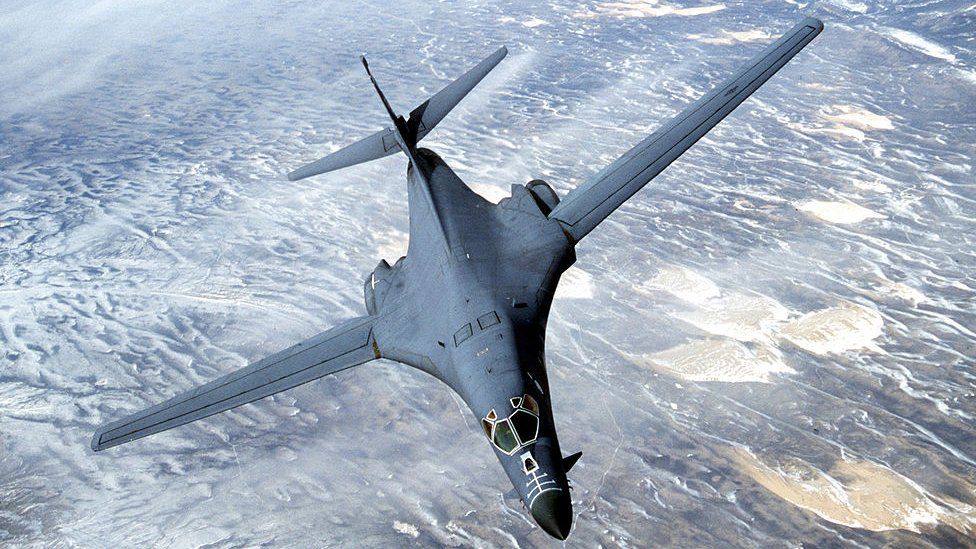-

-
-
Loading

Loading

In retaliation for an attack that killed three US troops at a base in northern Jordan last month, US forces have carried out airstrikes targeting Iran's Islamic Revolutionary Guards (IRGC) Quds Force and allied militia groups. The coordinated attack by US forces involved bombing 85 targets in Iraq and Syria. US President Joe Biden stated that these attacks will continue at times and places of their choosing. Critics argue that the strikes should have been conducted earlier. The attack occurred at 16:00 EST, using various aircraft including B-1 long-range bombers. Over 125 precision munitions were used. US General Douglas Sims mentioned that the locations struck were significant in degrading capability. Reports suggest that an Iranian-backed militia group, the Islamic Resistance in Iraq, was responsible for the attack using an Iranian-made drone. The strikes targeted command and control operations, munition supply chain facilities, logistics hubs, and drone storage units. Several pro-Iran fighters were killed in Syria, but there were no strikes on Iranian soil. President Biden stated that the US does not seek conflict in the Middle East but will respond to any harm caused to Americans. The attacks took place after a repatriation ceremony for the fallen US troops. Republicans criticized the timing of the attacks, claiming that they should have happened sooner. The US has had no communications with Iran since the day of the drone attack. Iran denied any involvement in the attack, but Iranian officials warned that no threat would be left unanswered. Experts believe the delay in the US response was to allow Iran to withdraw personnel and potentially avoid a broader conflict. Iran's possible response could resemble their retaliation after the US assassination of Qasem Soleimani, involving ballistic missile strikes on US bases in Syria.